Search Programs
Study Abroad for Everyone
Budget
Destinations
Field of Study
term
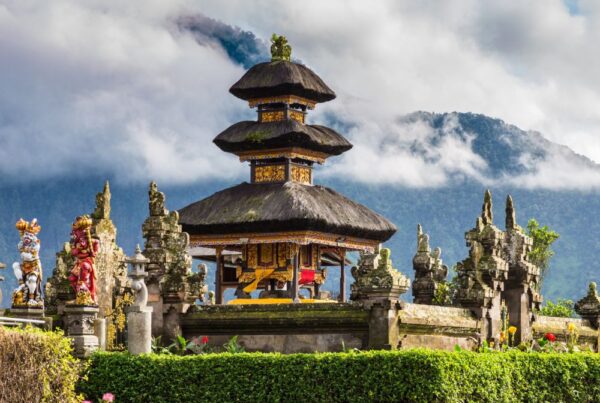
Study Abroad at Udayana University in Bali
Explore vibrant Bali while studying at Udayana University. Experience rich culture, stunning landscapes, and a unique academic journey in paradise.
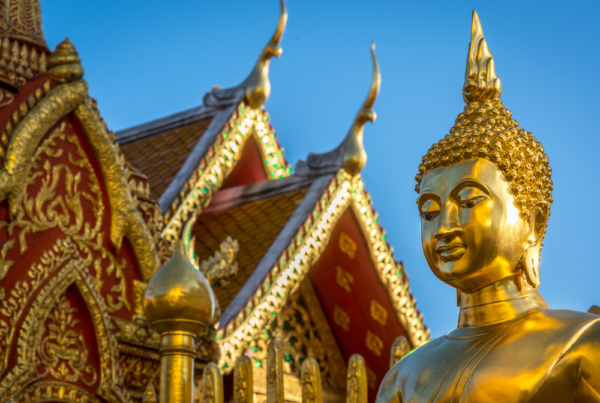
Study Abroad at Mahidol University in Thailand
Discover unique study abroad opportunities at Mahidol University International College in Thailand. Immerse yourself in vibrant culture and quality education.
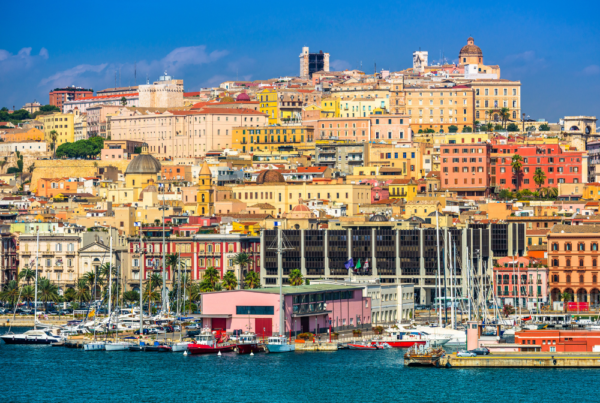
Study Abroad at University of Cagliari in Italy
Discover an enriching Study Abroad experience at the University of Cagliari. Immerse yourself in Italian culture while pursuing your academic goals!
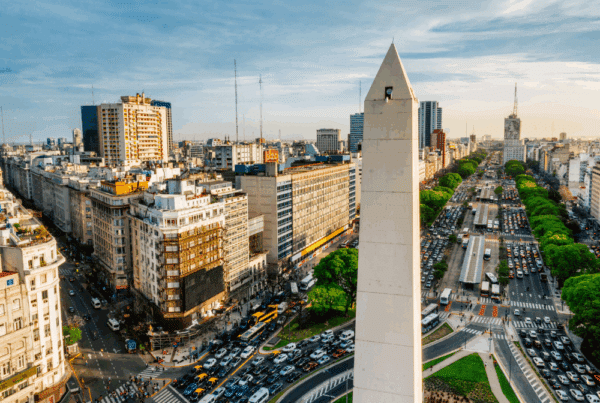
Study Abroad at Universidad Austral in Argentina
Study abroad at Universidad Austral in Argentina—one of Latin America’s top-ranked private universities. Experience world-class academics in Buenos Aires, immerse in Argentine culture, and earn credits abroad at an affordable cost.
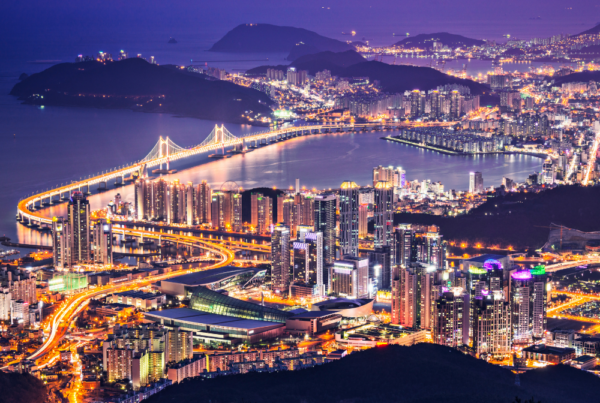
Study Abroad at Dong-A University in South Korea
Explore vibrant culture and academic excellence at Dong-A University. Study abroad in South Korea and enhance your global experience today!
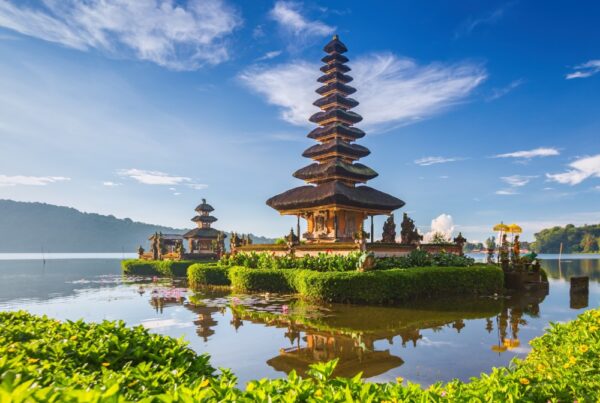
Study Abroad at Undiknas University in Bali
Experience the beauty and culture of Bali while studying at Undiknas University. Discover programs that enhance your global perspective and academic journey.
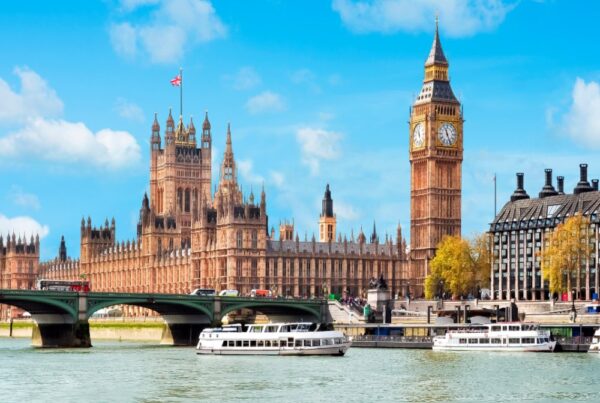
Study Abroad at London Metropolitan University in England
Discover your future at London Metropolitan University. Study abroad in England and experience vibrant city life, diverse culture, and quality education.
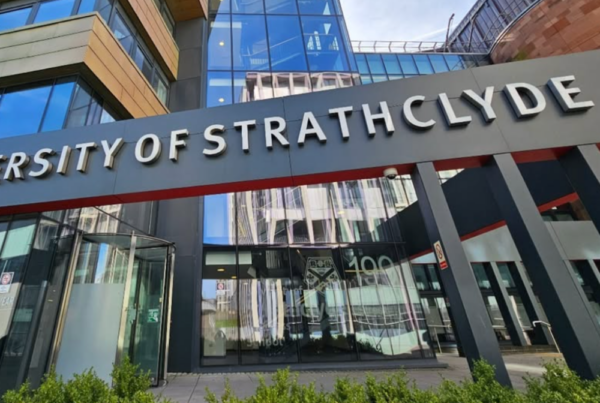
Study Abroad at University of Strathclyde in Scotland
Ready to immerse yourself in Scottish culture while earning academic credit? Study abroad at the University of Strathclyde in Glasgow—apply today and take the first step toward an unforgettable international experience!
Semester: $19,495
Summer: $4,995
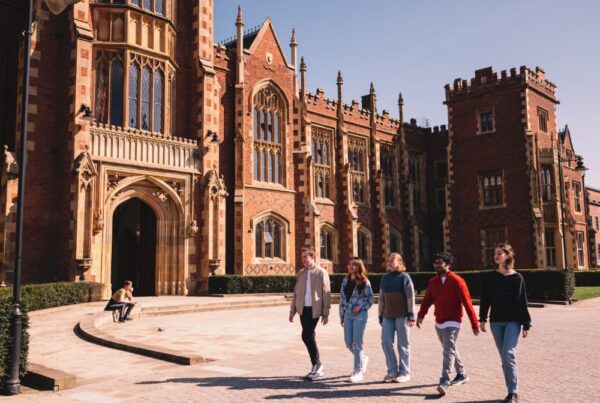
Study Abroad at Queen’s University Belfast in Northern Ireland
Discover the rich culture and academic excellence of studying abroad in Northern Ireland. Experience history, community, and adventure!
Summer: $5,495
Semester: $17,495
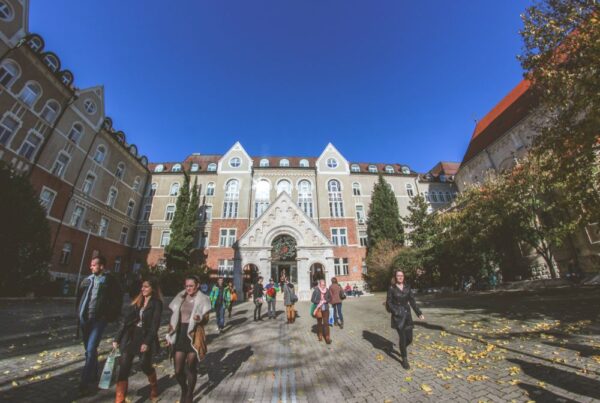
Study Abroad at University of Pécs in Hungary
Explore exciting study abroad opportunities in Hungary at the University of Pecs. Immerse yourself in a vibrant culture while earning your degree.
Summer: From $3,495
Semester: $8,495
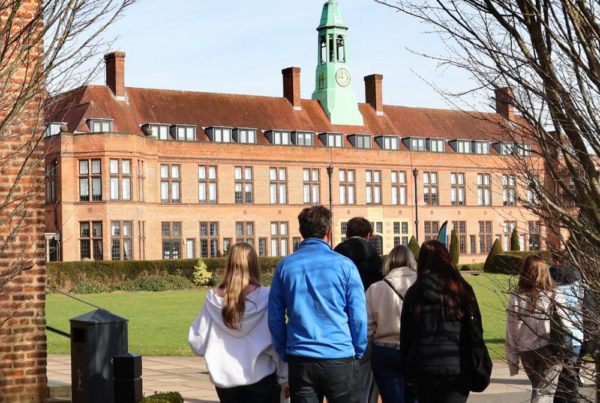
Study Abroad at Liverpool Hope University in England
Explore vibrant Liverpool while studying abroad at Liverpool Hope University. Experience diverse programs, dynamic culture, and lasting friendships in England.
Summer: $5,495
Semester: $11,995
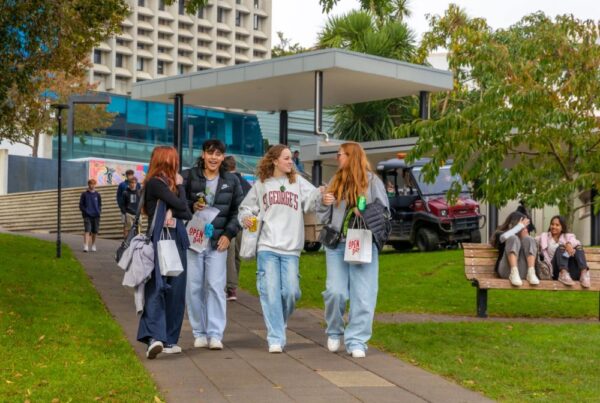
Study Abroad at University of Waikato in New Zealand
Explore vibrant cultures and stunning landscapes by studying abroad in New Zealand at the University of Waikato. Start your adventure today!
Summer: $9,995
Semester: $15,495

Study Abroad at Edge Hill University in England
Discover study abroad opportunities at Edge Hill University in England. Experience diverse programs, vibrant campus life, and a rich cultural environment.
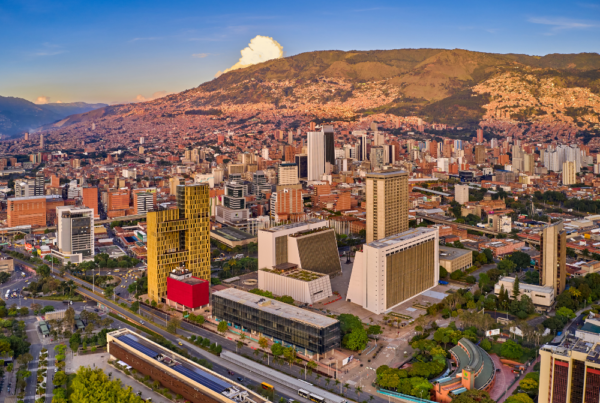
Study Spanish Abroad at Universidad de La Sabana Spanish School in Colombia
Immerse yourself in Spanish language and culture at Universidad de La Sabana. Enhance your skills while experiencing the beauty of Colombia!
Summer: $3,495
Semester: $16,495
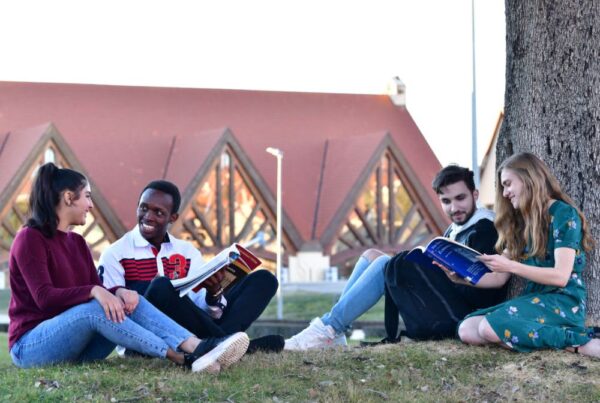
Study Abroad at Al Akhawayn University in Morocco
Discover the charm of Morocco while studying at Al Akhawayn University. Experience a unique blend of culture, education, and adventure in a stunning setting.
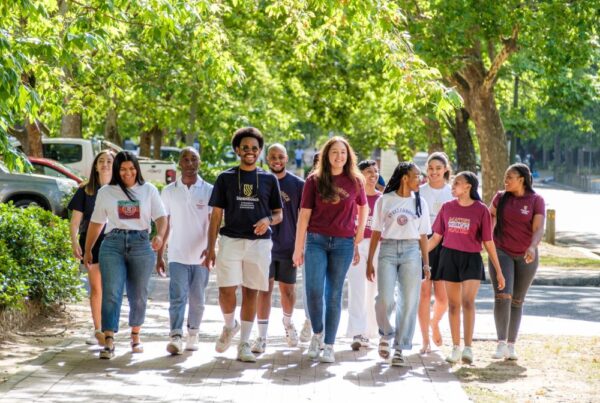
Study Abroad at Stellenbosch University in South Africa
Explore the vibrant culture and stunning landscapes of South Africa while studying at Stellenbosch University. Experience education in a unique setting!
Summer: $6,295
Semester: $10,995

Study Abroad at University of Wyoming in Wyoming, USA
Spend a semester or academic year at the University of Wyoming, where you’ll earn credits, explore the American West, and experience life in a vibrant college town surrounded by stunning natural landscapes!
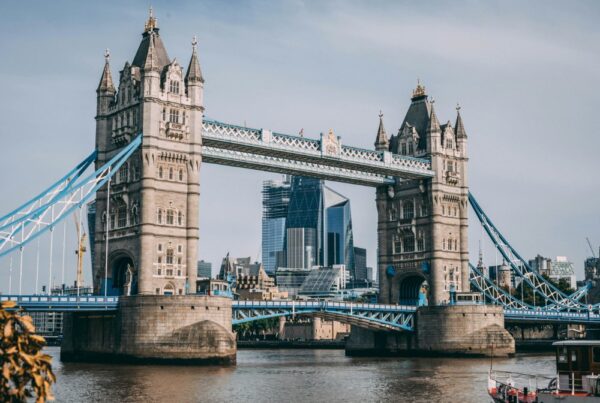
Study Abroad at Richmond American University in England
Discover your study abroad adventure at Richmond American University in England. Experience diverse cultures while earning your degree in a vibrant setting.
Summer: $5,495
Semester: $19,995
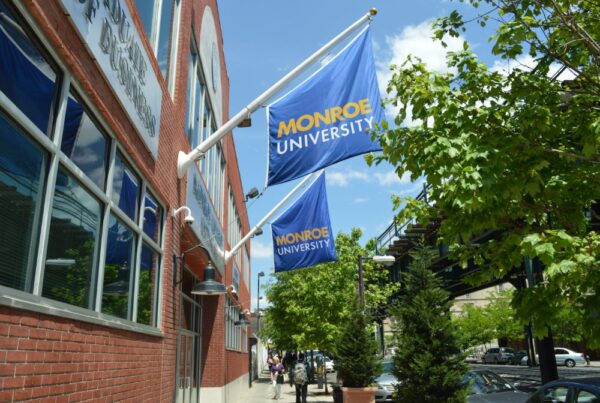
Study Abroad at Monroe University in New York, USA
Discover study abroad opportunities at Monroe University in the United States. Experience diverse cultures, expert faculty, and a vibrant campus life.
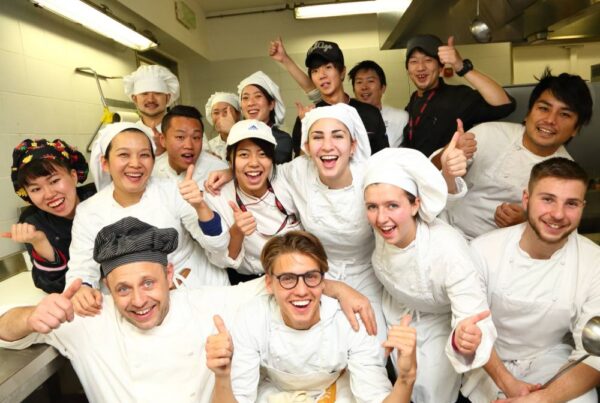
Study Abroad at Florence Culinary Arts School (FCAS) in Italy
Discover culinary excellence in Italy. Study abroad in Florence and master the art of Italian cuisine at our renowned Culinary Arts School. Enroll today!
Summer: $5,495
Semester: $14,495
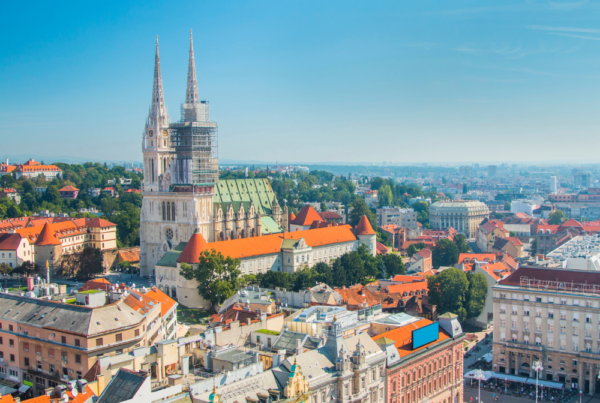
Study Abroad at Zagreb School of Economics and Management in Croatia
Discover an enriching study abroad experience in Croatia at the Zagreb School of Economics and Management. Elevate your education in a vibrant culture!
Summer: $3,995
Semester: $11,995
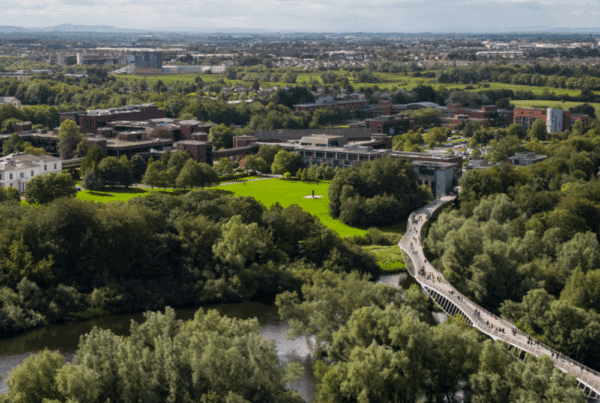
Study Abroad at University of Limerick in Ireland
Discover the ultimate study abroad experience at the University of Limerick, where vibrant culture meets academic excellence in beautiful Ireland.
Summer: $5,495
Semester: $15,495
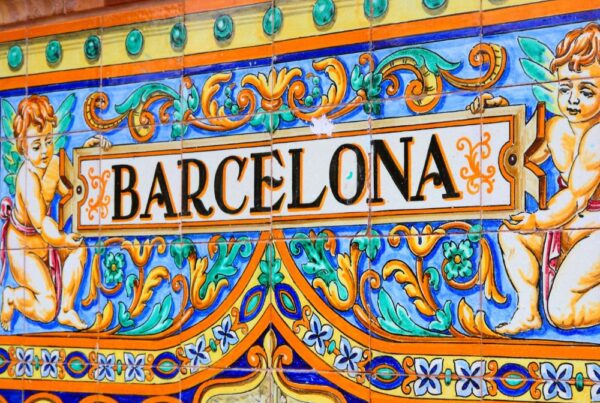
Study Abroad at LCI Barcelona in Spain
Discover exciting study abroad opportunities at LCI Barcelona. Immerse yourself in a vibrant culture while advancing your education in a dynamic environment.
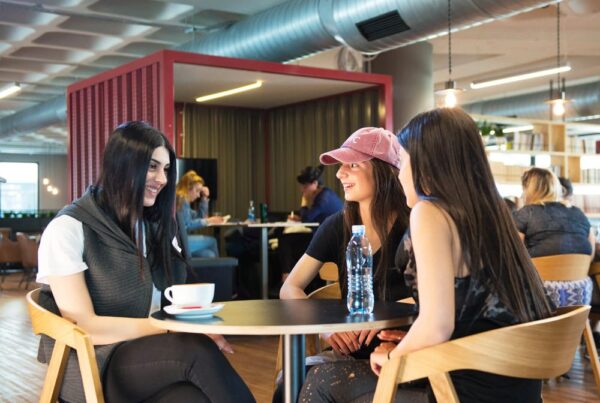
Study Abroad at University of Nicosia in Cyprus
Discover study abroad opportunities in Cyprus at the University of Nicosia. Experience a vibrant culture, diverse programs, and a welcoming environment!
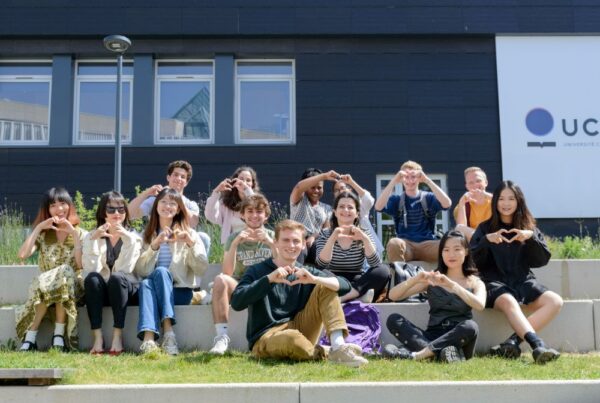
Study French Abroad at Université Catholique de l’Ouest in France
Explore study abroad opportunities at Université Catholique de l’Ouest. Experience unique cultural journey while advancing your education in a vibrant setting.
Summer: $5,495
Semester: $9,995
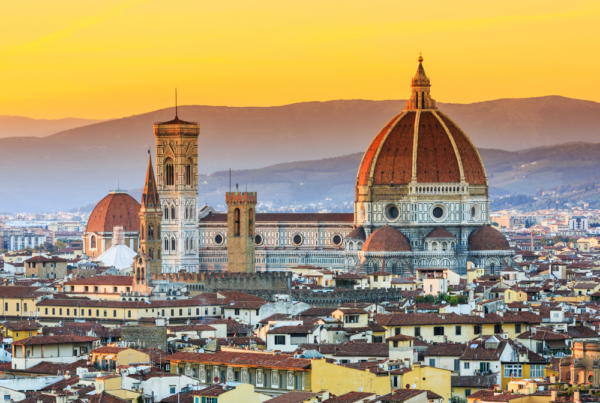
Study Abroad at Accademia Riaci in Italy
Explore your passion for art and design while studying abroad in Italy at Accademia Riaci. Experience a vibrant culture, expert faculty, and unique workshops.
Summer: $5,495
Semester: $15,495
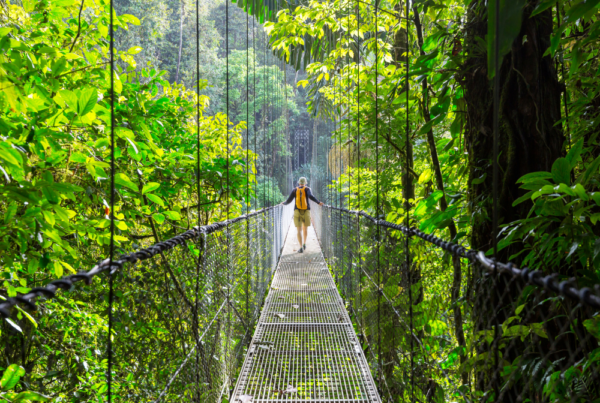
Study Abroad at Universidad LCI Veritas in Costa Rica
Discover study abroad opportunities at Universidad LCI Veritas. Immerse yourself in vibrant culture, gain valuable experience, and enhance your education.
Summer: $5,495
Semester: $10,995

Study Abroad at Universidad Pablo de Olavide in Spain
Discover study abroad opportunities at Universidad Pablo de Olavide. Experience vibrant culture, diverse courses, and unforgettable adventures in Seville!
Summer: $3,495
Semester: $10,495
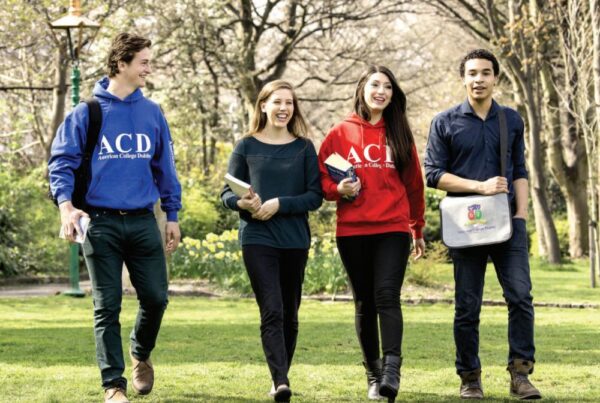
Study Abroad at American College Dublin in Ireland
Discover an enriching Study Abroad experience at American College Dublin. Immerse yourself in Irish culture while pursuing your academic goals.

Study Abroad at Masaryk University in Czech Republic
Explore study abroad opportunities at Masaryk University, combining rich culture with academic excellence. Join us for a transformative journey!
Summer/Winter: From $3,495
Semester: $11,995
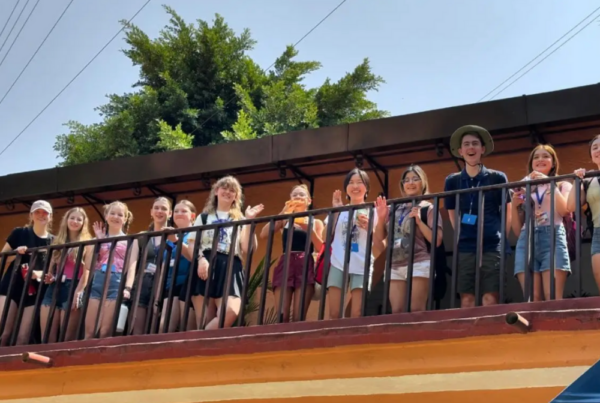
Study Spanish Abroad at Universidad Internacional in Mexico
Experience immersive language learning and cultural enrichment at Universidad Internacional in Mexico. Explore destinations while advancing your Spanish skills.
Summer/Winter: $3,495
Semester: $11,995
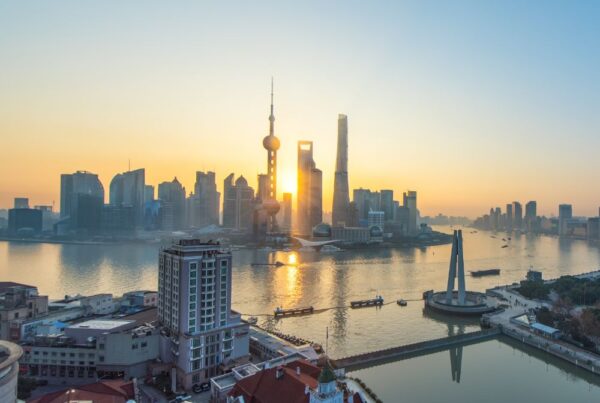
Study Abroad at Shanghai University in China
Explore enriching study abroad opportunities at Shanghai University in China. Experience vibrant culture, innovative education, and lifelong memories.
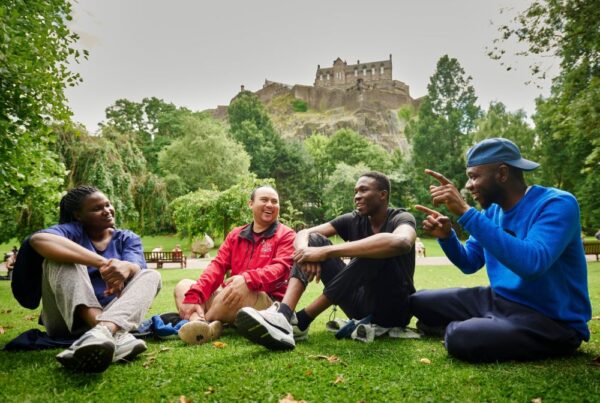
Study Abroad at Queen Margaret University in Scotland
Explore Study Abroad opportunities at Queen Margaret University in Scotland. Experience vibrant culture, innovative programs, and a welcoming community.
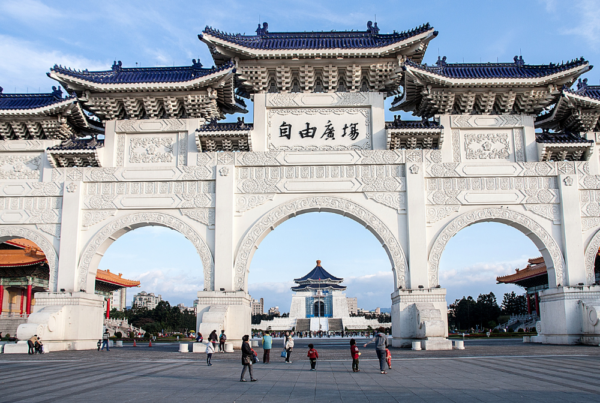
Study Abroad at Shih Chien University in Taiwan
Explore vibrant Taiwan at Shih Chien University! Experience diverse cultures, top-notch programs, and unforgettable adventures while studying abroad.

Study Abroad at Institut Culinaire de France in France
Discover culinary excellence in France with Institut Culinaire de France. Experience hands-on training and immerse yourself in the rich French culture.

Study Abroad at New Vision University in Georgia
Experience the energy of Tbilisi while studying at New Vision University. Discover a city where ancient culture meets modern innovation, and build global skills through a truly international education in one of Europe’s most welcoming destinations!

Study Abroad at Hankuk University in South Korea
Explore study abroad opportunities at Hankuk University in South Korea. Immerse yourself in a vibrant culture & enhance your education in a global environment.
Summer: $5,495
Semester: $10,995
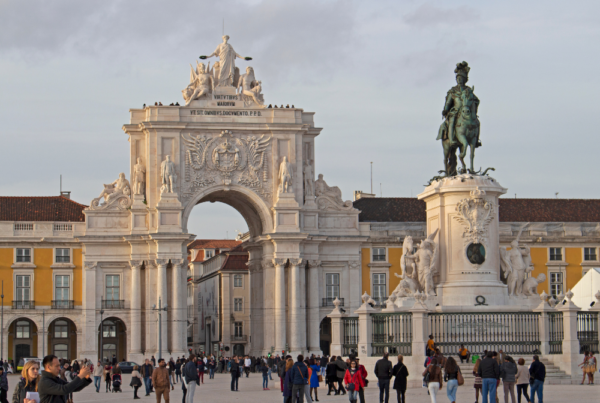
Study Abroad at Universidade Europeia in Portugal
Discover the vibrant culture and academic excellence of studying abroad at Universidade Europeia. Explore unique programs and enriching experiences today!

Study Abroad at Università Cattolica del Sacro Cuore in Italy
Explore your options for studying abroad in Italy at Università Cattolica del Sacro Cuore. Immerse yourself in rich culture and world-class education.
Summer/Winter: $5,495
Semester: $13,495
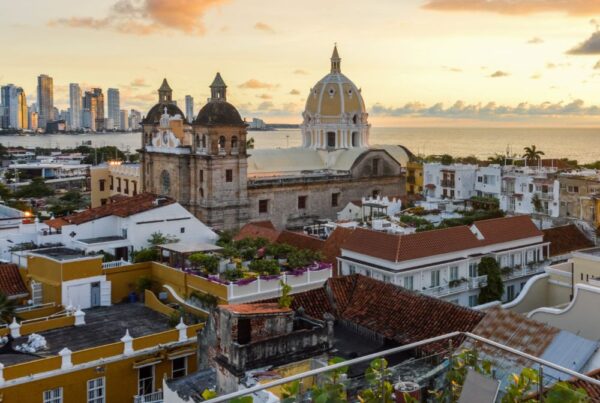
Study Abroad at Universidad de la Sabana in Colombia
Explore vibrant Colombia through a unique study abroad experience at Universidad de la Sabana. Immerse yourself in culture and enhance your education today!

